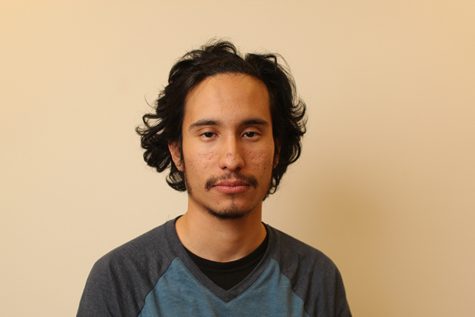Access indicators see low enrollment from feeder high schools
Percentage of seniors in service area signing up for courses urges community outreach effort
Mar 16, 2016
With Contra Costa College located in San Pablo, it is the go-to institution for those living in West County. But as it is reflected in the 2014-15 Equity Plan, that may not always be the case, as the number of incoming high school graduates in certain groups is disproportional compared to the number that are enrolled at the campus.
Counseling assistant Marykate Rossi, who is part of the Equity Plan Task Force, is specifically assigned to monitor the access indicator.
She said when comparing students coming in from the community from local feeder high schools, the task force was looking at example groups for disproportionate numbers in these demographics.
The equity committee members narrowed it down to Latinos, males and English as a second language students as those having the most disproportionate representation, followed by veterans and foster youth.
The definition of this indicator, which is access, is the percentage of each population group that is enrolled to come into college, compared to that group’s representation in the adult population within the community served.
This percentage is frequently calculated as a participation rate from the feeder high schools into local community colleges.
The Equity Plan is predicated on campus-based research that shows various percentage rates that correlate with each of the success indicators that serve as focal points for the plan.
Rossi said, “Equity is getting students their access in these (targeted) groups.”
One activity for the access indicator is to boost the application process and ensuring the registrants enroll and proceed through orientation.
The plan’s Task Force tries to meet specific goals, listed in different indicators, the one for access assuring that the percentage of Latino, ESL, male and veteran students enrolled at CCC is equal to the percentage in which they are represented in the surrounding feeder high schools or in the adult population in the county.
Rossi said counseling tries to ease the onboarding process and get more bodies through the door by modeling future workshops after similar student success-themed ones.
She said hiring two counseling assistants is eventually going to be fully implemented from the plan, with her position being the first hired out of the two.
Efforts for increased marketing are underway on both the campus level and from the community level.
Dean of Enrollment Services Dennis Franco said, “We’re working with the West Contra Costa Unified School District to identify underprepared and underrepresented Latino and male students at their (high school feeder) locations, instead of just (Middle College High School) students here.”
Equity Plan Coordinator Mayra Padilla said one of the pertinent roles outlined in the access section is the hiring of an outreach coordinator.
Dr. Padilla said the college is looking at hiring individuals who can speak to and inspire those special demographics.


